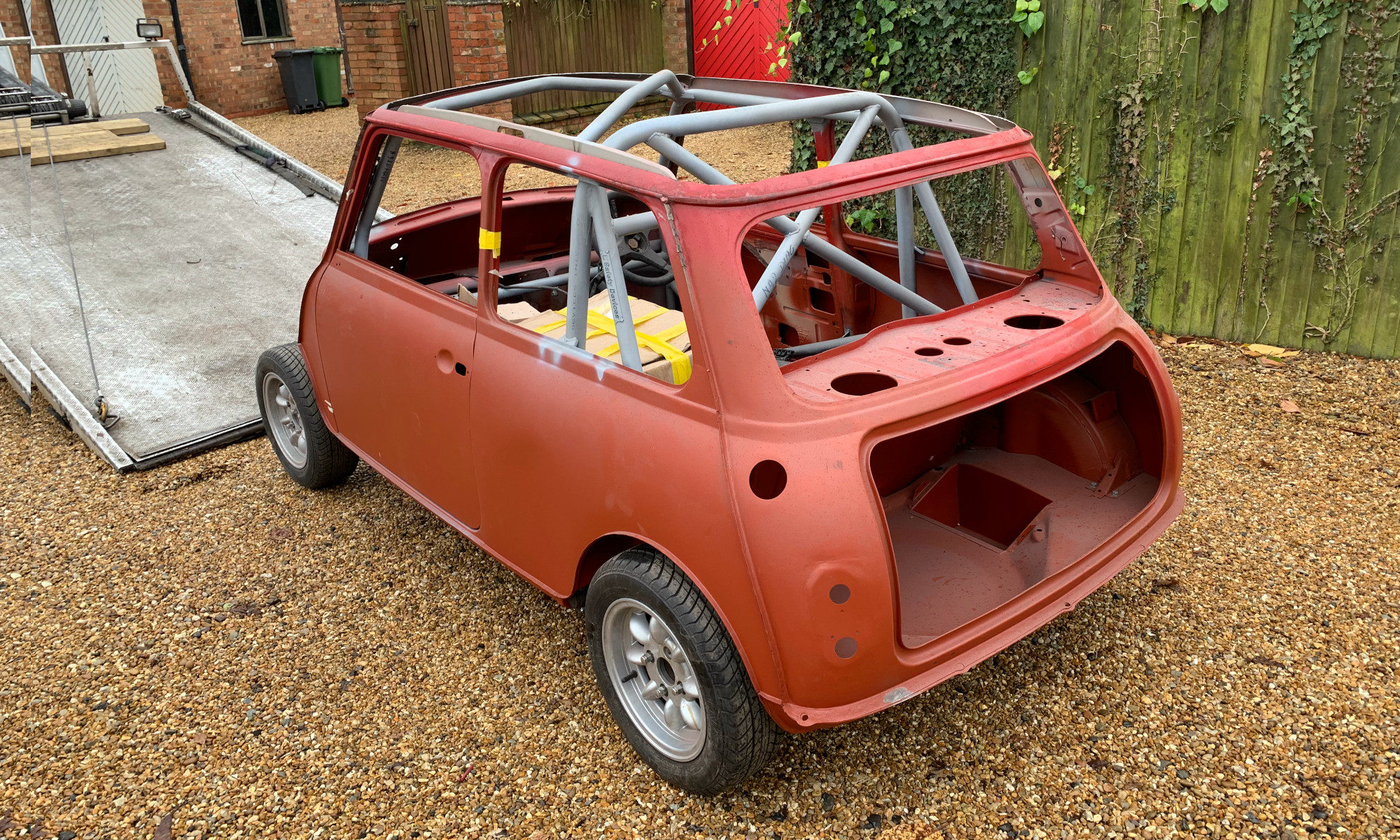It wasn’t until 2016, after moving house and selling the Mini 40 that I really decided I was going to put some effort into getting PJ back on the road.
I decided that I wanted to do things properly and that getting it right was better than getting it done quickly. PJ had already sat in the garage for 10 years, so what difference would a couple more make. Turns out I underestimated this slightly!
A lot had changed in the last ten years and things had moved on. The VTEC engine currently sat in PJ was now more than 20 years old and I started to wonder whether going VTEC was still the right thing to do. I started to think about what I really wanted out of my mini and here’s what I came up with:
- Power. Not silly amounts, but I wanted a quick mini. Somewhere north of 150bhp, but not so much that it would be unusable on the road
- Reliability. I wanted a relatively unstressed engine, not something that was producing way more power than stock and would need rebuilding every 10 hours of use
- Usability on the road. I intend to use PJ mainly on (sometimes long) road journeys, with the odd track day, so I wasn’t looking for a race car
- Well engineered. I have the money and time to spend on the car now that I didn’t have 10 years ago. I decided I’d rather do things well than do them quickly or cheaply
- Something interesting, but understated. I wanted to do something relatively unique, but also understated. Something that at first glance wouldn’t look out of place in a field full of classic minis
I started thinking what my ideal engine conversion would be. Something like the Ford EcoBoost 1.0 was top of my list. Small, light and fairly powerful, easily tunable up to 200bhp. I got wind of a project that Z-cars were working on, making a front wheel drive conversion for exactly that engine. It was perfect, just what I was looking for. The only problem was, it wasn’t available yet. I got in touch with Z-cars, but they were prioritising development of a new bunch of rear wheel drive conversions and the EcoBoost one would come after that. Looked like I’d have to wait a while, but the good news was that it was pitched as a cheaper conversion than their more powerful RWD conversions.
Whilst I was waiting for progress on the Z-cars conversion, I kept looking. I found a company called VETECH engineering, who were developing a Hyabusa engine conversion for the mini, called the VetechBusa. That’s been done before, but what caught my eye about this conversion was that it was front wheel drive, with a proper set up. Driveshaft output through a custom engineered gearbox housing, rather than chain drive. It looked extraordinarily well engineered. I saw they would be attending a mini show at Bingley Hall and I went to see them. I was very impressed!
At this point, I was torn between the EcoBoost conversion and the VETECH conversion. Both seemed like great options, however neither were available yet. After talking to Andrew at VETECH engineering, I’d all but made my mind up to go with the VetechBusa, but my decision was finally made when after speaking to Z-cars, they said the EcoBoost conversion was more difficult than they’d expected and they’d spent so much money on R&D that they were now not going to offer it as an engine conversion package, only as a complete drive-in drive-out conversion, a-la David Brown. That immediately ruled it out for me, partly due to cost and partly because I wanted to do most of the work myself.
My decision was made. PJ was going to have a Hyabusa engine, custom engineered for use in a mini by VETECH engineering.
